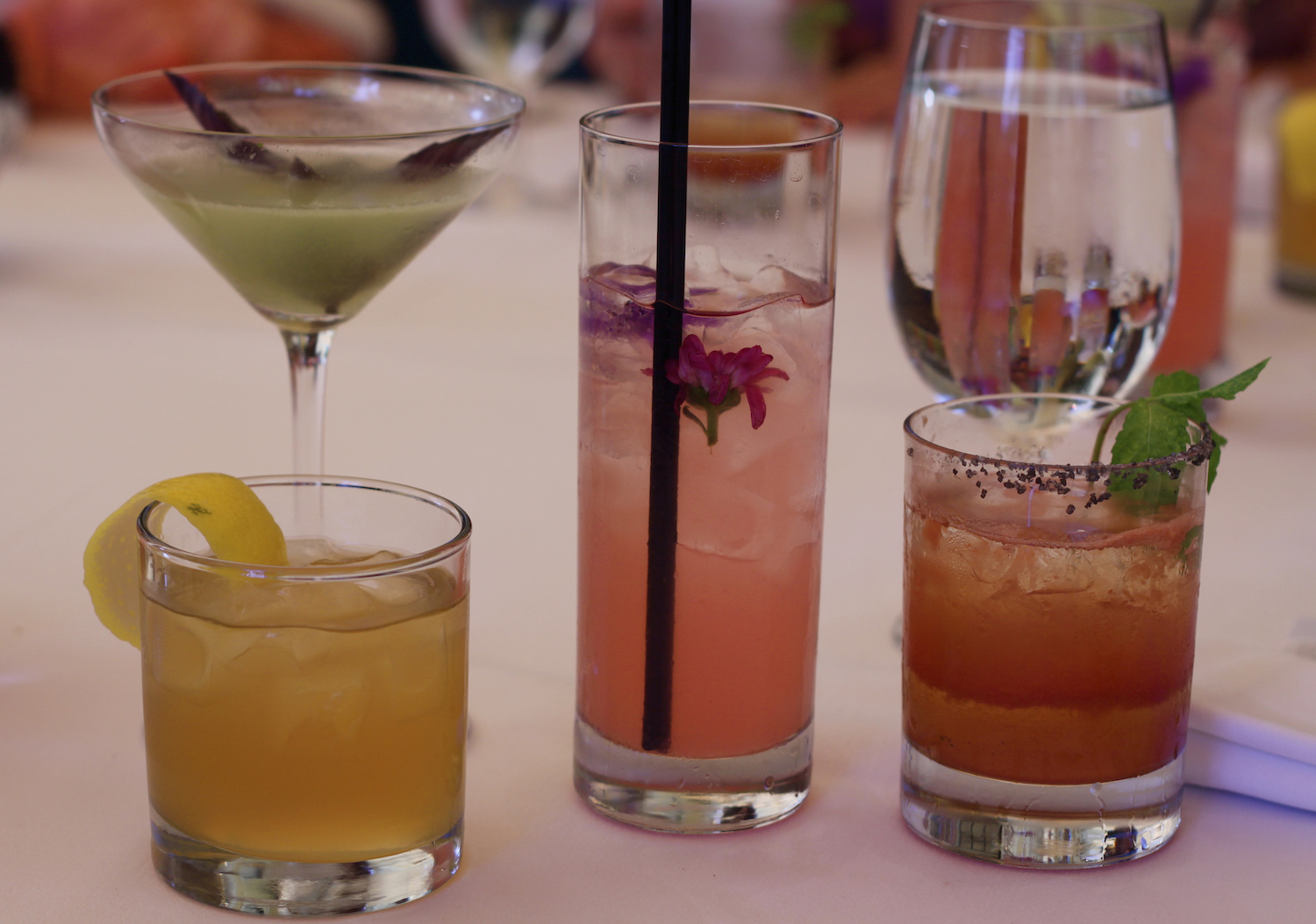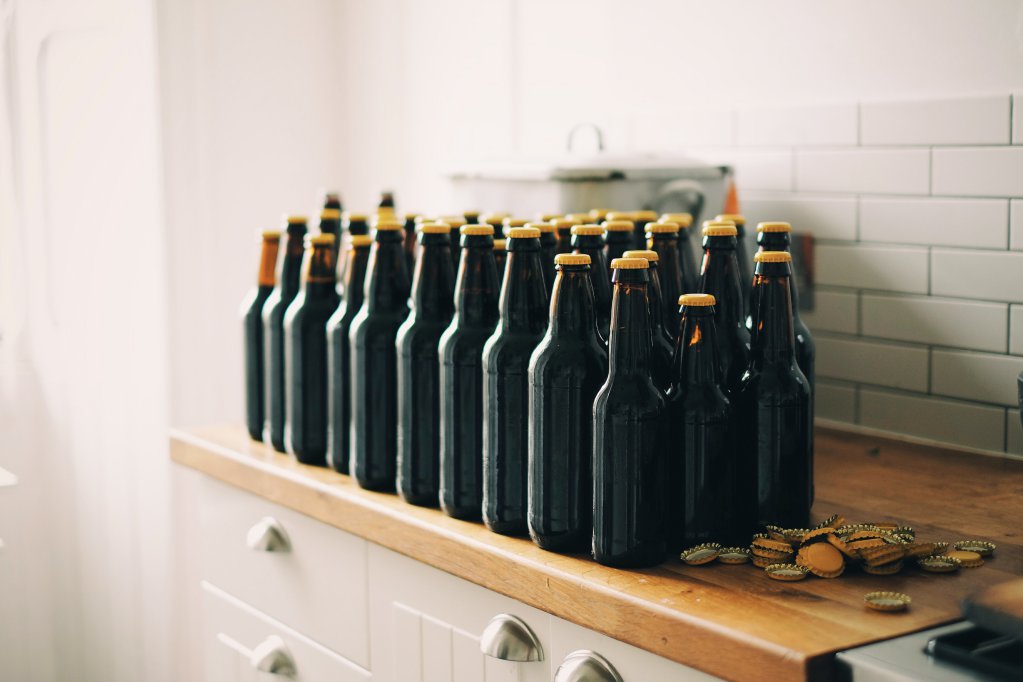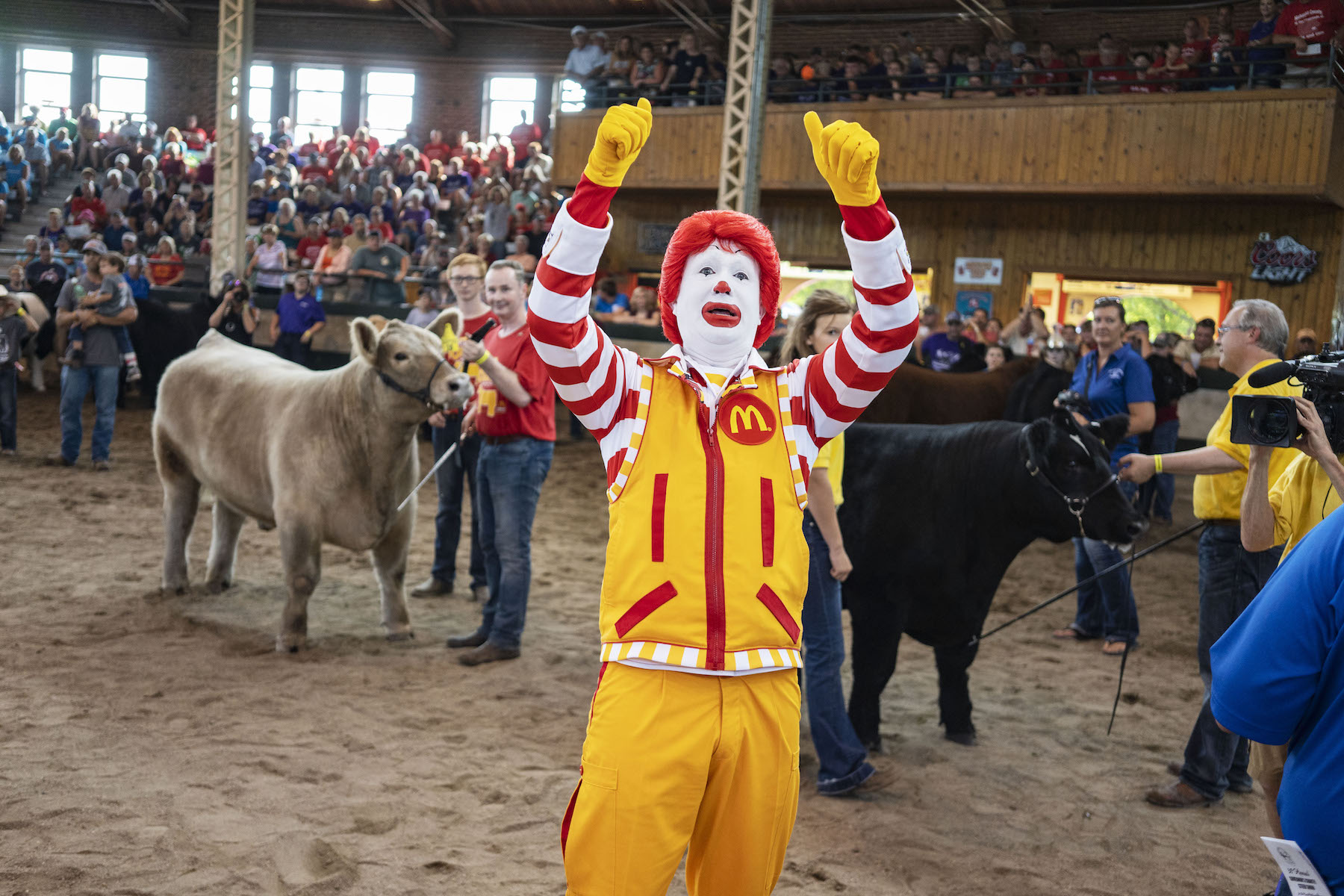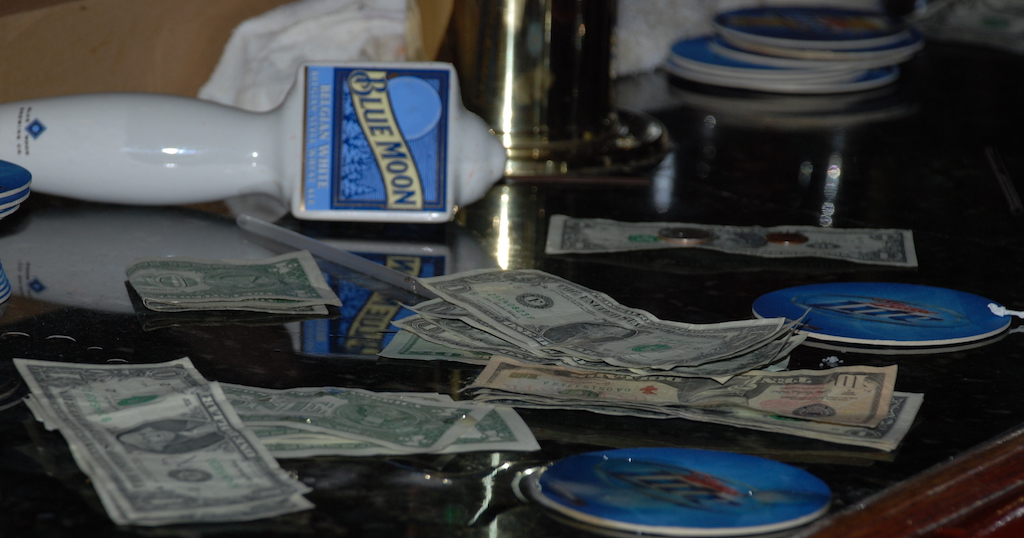This is the web version of a list we publish twice-weekly in our newsletter. It comprises the most noteworthy food stories of the moment, selected by our editors. Get it first here.
Trump addresses the Farm Bureau. President Trump on Monday attended the American Farm Bureau Federation’s convention in New Orleans (though, he’d tweeted that he was looking forward to seeing farmers in Nashville, the site of last year’s convention). It was his second visit to the annual gathering of hundreds of farmers from across the country. His speech began with a lengthy diatribe about border security—a generically anti-immigrant rant that segued into a curious aside where he promised the farmers in attendance that their workers would soon have an easier time crossing back and forth. That line was met with enthusiastic applause. The president then went on to tout his 2017 tax cuts and the rollback of the Environmental Protection Agency’s Waters of the United States (WOTUS) rule, which never actually went into effect. Later in the day, the president made food news again—back at the White House.
Large adult sons. By now, you’ve probably seen the photo of President Trump, grinning broadly in front of a banquet table in the White House’s State Dining Room, an elegant parlor where the president typically receives ambassadors and heads of state. That wouldn’t be particularly unusual but for the garish display—piles of packaged hamburgers from McDonald’s, Burger King, and Wendy’s—obscuring the enormous tabletop. The feast, which was prepared for college football champions, the Clemson Tigers, was apparently paid for out of the president’s own pocket. That’s because like many other federal institutions, the kitchen at 1600 Pennsylvania Avenue isn’t open during the shutdown. Among those who were completely aghast? Former White House Chef Sam Kass, who assisted former First Lady Michelle Obama in creating the White House’s organic vegetable garden, and her far-reaching school lunch reforms. “This small man is making a mockery of the White House in ways that are simply unimaginable,” Kass wrote on Instagram. Where is the lie?
Gin it to win it. Wednesday marks the 100th anniversary of the start of Prohibition, a 13-year-long nationwide ban on alcoholic beverages. “The darkest hour is just before the dawn,” a common saying goes. And in the case of the 18th amendment, the gloom of its ratification was immediately followed by a burst of DIY ingenuity that directly led to the creation of the cocktail. To convert industrial alcohol into something both non-toxic and drinkable, DIY liquor producers during Prohibition had to remove chemical adulterants and then add in flavor agents, ingredients which ranged from the mildly pleasant (like juniper oil used to make gin taste gin-y) to the totally morbid (like dead rats used to mimic bourbon’s flavor). All this mixing and elixir-making eventually led to the modern craft cocktail movement, Jeffrey Miller writes for The Conversation, which has lasted even though Prohibition (mostly) is over. Cheers!
Come on in, the water’s warm. Warmer than ever. A new analysis shows that oceans are heating up 40 percent faster than the United Nations estimated five years ago, The New York Times reports. Average ocean temperatures have reached new heights for the last several years in a row. Hotter seas mean all kinds of problems—think more powerful storms, fewer coral reefs, and a potential increase in food insecurity for nations that rely on seafood for protein.
Eggcessive. On Sunday, a stock photo of an egg became the most-liked post in Instagram history when it topped 18.2 million likes, dethroning Kylie Jenner’s first photo of her daughter. (Since then, the post’s popularity has more than doubled—as of this writing, it’s been bestowed with a little red heart by 43 million users.) In a Twitter thread, The Atlantic’s Taylor Lorenz contextualized the egg’s rise to dominance, linking out to her article on single-image Instagram feeds, which are now a fully blown thing: People post the same image over and over again from accounts like @same.picture.of.kumquat and @thesamephotoofbanana. We, too, like to post about eggs. Why is this picture so much more popular than our articles on navigating marketing claims in the egg aisle, or the technological future of uncanny egg replacements made from mung beans? Maybe seeing the same picture again and again provides a kind of meditative calm. Or maybe, in the face of warming oceans and near-certain climate collapse, we’re drawn to the one thing we can do: like a photo of an egg, buy the t-shirt, and be in on the joke.










